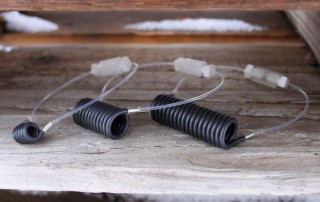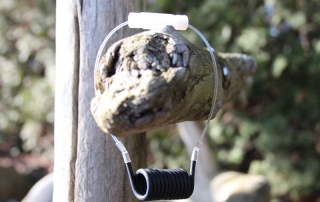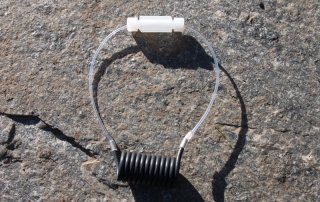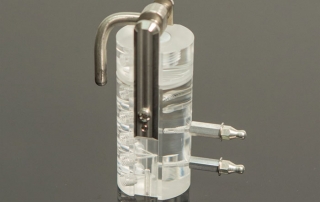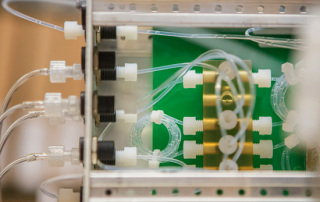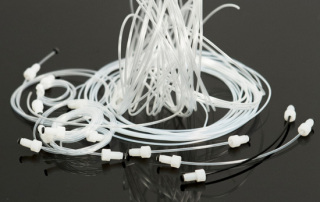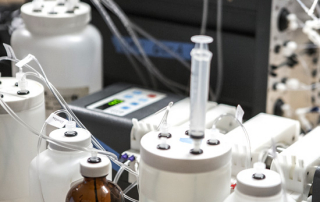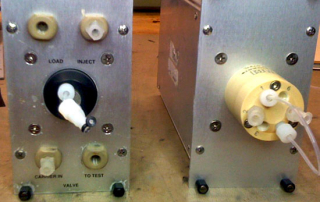category-autoanalyzer
Cadmium Coils and the Analysis of Nitrate
This post is designed to offer assistance to users of cadmium coils in the analysis of Nitrate. Since the use of the cadmium coil is fairly complicated and because there are many possible applications, we want to discuss the different sizes that are available as well as the advantages of the various sizes. Cadmium coils [...]


